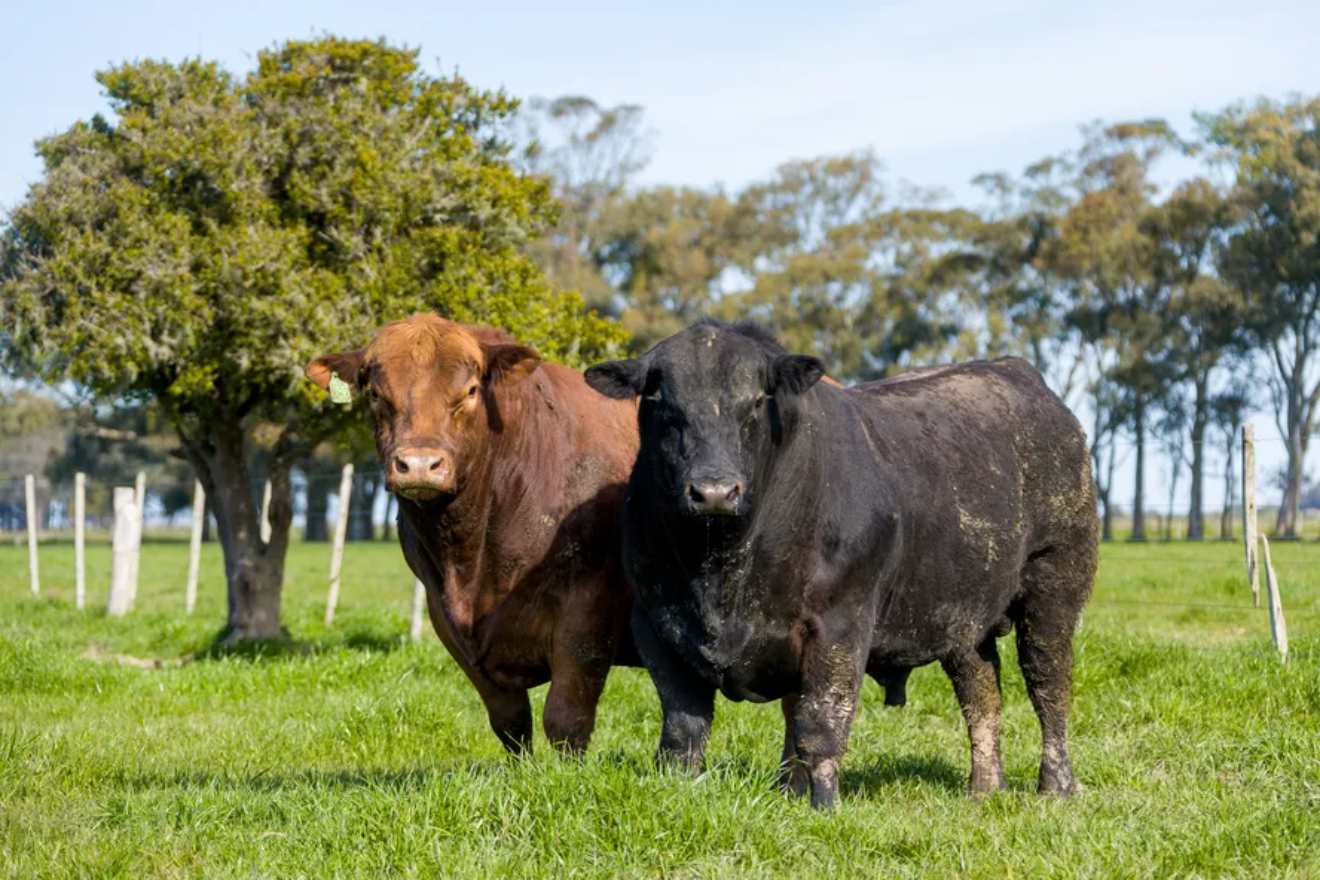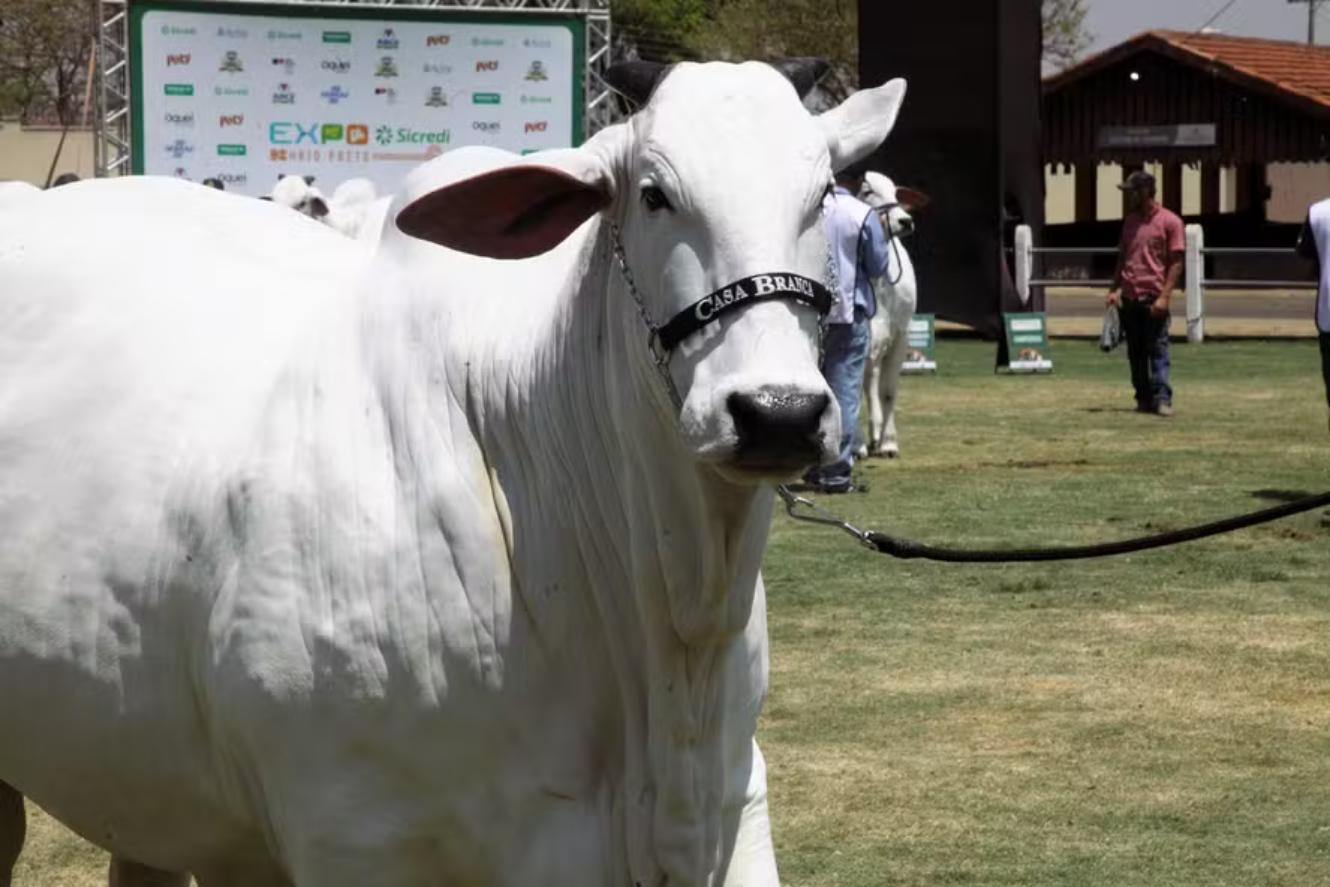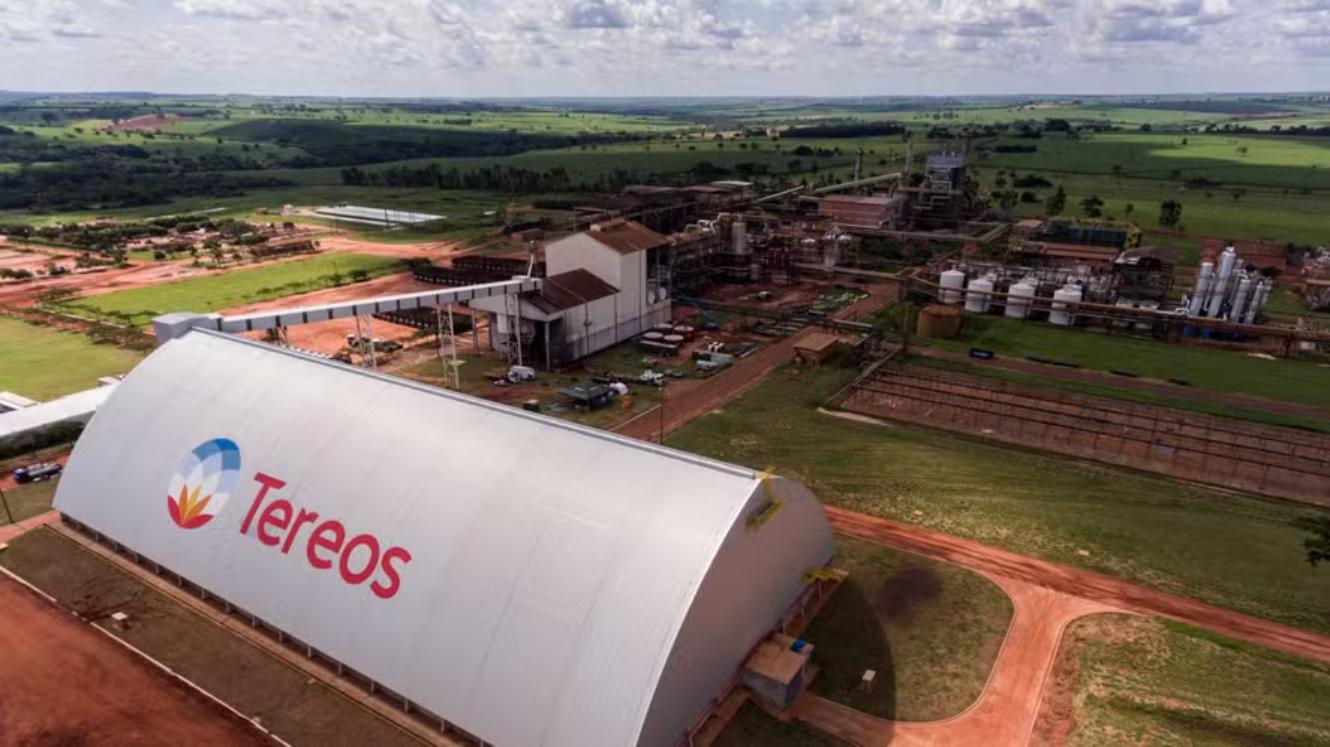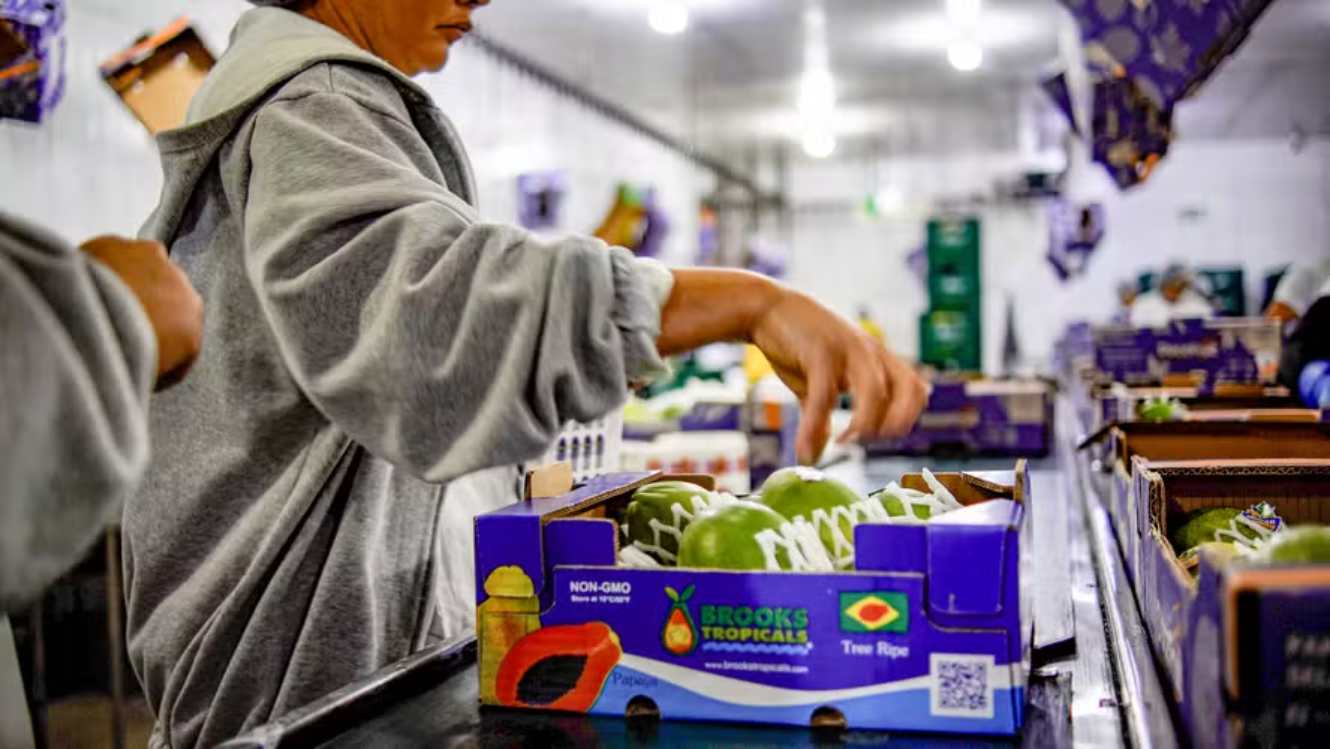Originating in Scotland, the Angus breed is celebrated for its premium-quality meat.
The Aberdeen Angus, commonly known as Angus, is a purebred beef cattle breed that emerged in 19th-century Scotland. Renowned for its tender, flavorful meat with excellent marbling, Angus beef is highly prized in the global market.
In Brazil, Angus cattle are predominantly found in the southern and southeastern regions, where the cooler climate has facilitated their adaptation.
Key Characteristics of the Angus Breed
Angus cattle are robust, long-bodied, and tall, with a straight topline and sides. They exhibit firm, even musculature across their bodies without excessive fat accumulation.
- Head and Neck: Medium-sized head with a strong, muscular neck in males, reflecting masculinity. Females have slightly elongated heads with larger ears and a finer neck, emphasizing their maternal traits, including well-developed pelvic bones, udders, and teats.
- Meat Coverage: Uniform meat coverage with minimal fat below the skin.
Reproductive Advantages
Angus cattle are highly sought after for industrial crossbreeding, blending their genetics with zebu breeds to produce high-quality beef. According to the Brazilian Angus Association, approximately 4 million doses of Angus semen are sold annually, making it the leading breed in Brazil.
Crossbreeding with Angus improves property management by enhancing weight gain, fertility, and herd precocity, even in arid regions. Angus genetics also reduce mortality rates and shorten intervals between calvings, increasing the production of crossbred calves in less time.
Superior Meat Quality
Angus cattle produce premium cuts with excellent marbling, tenderness, and juiciness. Their carcasses yield high-quality meat, particularly from prime cuts, with optimal subcutaneous fat coverage.
This breed’s exceptional attributes make it a preferred choice for beef producers worldwide, including countries like Argentina, Australia, Brazil, Canada, the United States, and New Zealand.
Source: Globo Rural





